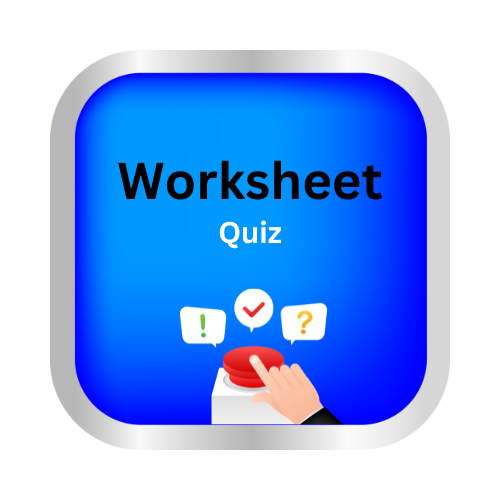Is the pronoun reflexive or intensive?
Key Notes :
| What Are Reflexive Pronouns? |
- Reflexive pronouns reflect the action of the verb back to the subject.
- They show that the subject and object are the same person or thing.
📘 Examples:
- I hurt myself.
- She taught herself to play the guitar.
- They blamed themselves for the mistake.
🪞 Tip: The action “comes back” to the doer!
| What Are Intensive Pronouns? |
- Intensive pronouns emphasize the subject of the sentence.
- They look the same as reflexive pronouns but are used only for emphasis.
📘 Examples:
- The teacher herself explained the lesson.
- I myself completed the project.
- The king himself welcomed the guests.
💥 Tip: If you remove the pronoun and the sentence still makes sense ➡️ it’s intensive.
| Reflexive vs. Intensive – Key Difference |
| 🔍 Type | 🧩 Function | 🗣️ Example |
|---|
| Reflexive Pronoun | Reflects the action back to the subject | He prepared himself for the exam. |
| Intensive Pronoun | Emphasizes the subject | He himself prepared for the exam. |
| Common Reflexive/Intensive Pronouns |
💬 myself, yourself, himself, herself, itself, ourselves, yourselves, themselves
- 💡 If the pronoun is needed for the sentence to make sense → Reflexive
- 💡 If the pronoun can be removed and the meaning stays → Intensive
- She decorated the cake herself. 🎂 → Intensive
- The boy cut himself while playing. ⚽ → Reflexive
- I completed the work myself. 💼 → Intensive
- We enjoyed ourselves at the party. 🎉 → Reflexive
- Reflexive = Action reflects back 🪞
- Intensive = Adds emphasis 💪
- Both end with -self / -selves
Let’s practice!🖊️

